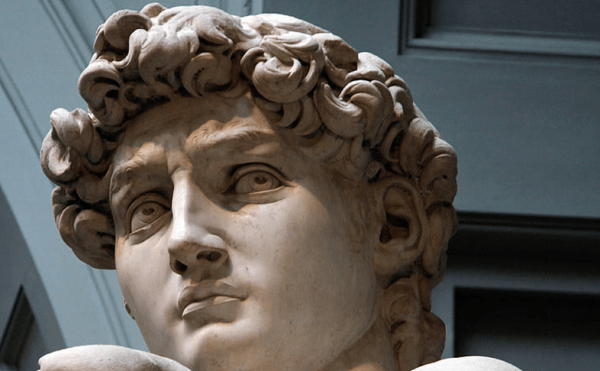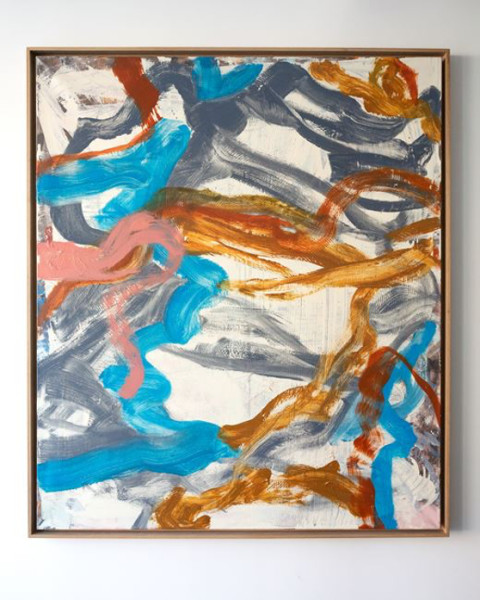
A particular topic that has remained very clearly in my mind since my MA days is Aristotle’s Four Causes. Change, motion, contingency, the coming into being of phenomena (and the mechanics behind)—these are subjects that one will find time and again in the ancient Greek philosopher’s voluminous and wide-ranging oeuvre. It is his treatises Physics and Metaphysics wherein he articulates an exhaustive account of “causation”.
The Four Causes are all-embracing in their application and provide a framework within which the proper value of things (from the entire cosmos to a tiny blade of grass) or acts (morality, art-making, virtually anything that is done) could be ascertained or decided. They are, namely:
- The Material Cause (the substance out of which or from which a phenomenon is made)
- The Formal Cause (the design or structure of the phenomenon)
- The Final Cause (the purpose or end towards which the phenomenon is directed or for the sake of which it is created)
- The Efficient Cause (the agent or condition that brings the phenomenon into being)
If we consider Michelangelo’s David through this four-fold lens—(a) the material cause would be marble, (b) the formal cause is David the Biblical figure, also a young athletic man, (c) the final cause would be the decoration of the Cathedral of Florence and (d) the efficient cause here is the act of sculpting, also Michelangelo himself.

When I think about late modern and contemporary art, and also visual culture broadly through the decades, I feel that somehow “formal” and “final” causes have gradually faded away from the practice of creativity.
The “efficient” and “material” are still around, that is, it is always important as to who has made the art and out of what. But (a) what exactly has been put up on exhibition in what kind of appearance or contour and (b) what are its consequences going to be on the psychologies of those who witness it—I am not sure if these matters are given enough thought today. Sure modern/contemporary art and visual culture have great scope for innovation—and much of it can be terrifically thought-provoking—yet somehow its practitioners find it too convenient to not take the trouble of deeply engaging with the two aforementioned issues.

A loss of “formal cause” means that anything today is capable of being passed as very serious art meriting gallery representation or museum acquisition as long as the artist wants to do it that way, no further justification is required —think random splashes of colour on a canvas, an empty room with lights going on and off, a few words in neon. Such fairly undemanding works would have been absolutely unthinkable in medieval or Renaissance West when Aristotelian thought had a greater grip on intellectual circles and wherein cathedrals or manuscripts or frescoes would take years of meticulous research and precise effort. Today the standard for the “formal” constitution of artworks is entirely fluid, no fixed criteria remain.
Additionally, a loss of “final cause” means a lot of visual content is generated for a fleeting moment and within limited (immediately capitalistic) logic with a disregard for its long-term outcomes for the society in general. Modelling and advertising agencies—and the portrayal of women—come to my mind straightaway.
It is hard to have a sensible discussion on social media as to the repercussions of certain depictions of females. Where does the line between liberty/empowerment and objectification/enslavement lie? What is a marketer (of lingerie or cosmetics) eventually achieving by producing countless monotonous images of young women of a particular physique who are, so often, made to look as a mere collection of parts, devoid of personality, agency, thought processes, opinions, even emotions of their own?

Results for a random Google search on “Instagram models”. What’s the point of these images—produced in tons? In what way are they helping womankind as a whole evolve? Could there be more meaningful ways of exploring femininity, confidence, achievement, fashion, luxury and style? Such questions that probe a bit more are suppressed as soon as they are raised because they are perceived as attacks on the liberty of the subjects to “be themselves”.
What effects are these depictions having on young men or school-going girls? What message is it sending them about the capabilities of womanhood? It is extremely difficult to raise these questions in a civilised dialogue today as the wild individual will of the marketer reigns supreme and it won’t take any responsibility apart from profit-making for itself. It also quickly deems any suggestion (to adhere to a different level of quality) an assault upon its freedom of expression. Today the “final” rationale behind visual content isn’t an area many care to explore.
What Aristotle’s Four Causes have to offer is a more thoughtful, richer, challenging, multi-dimensional approach to the production of art or visual content. The philosopher affords recognition to the creator and the substance used. With that, through his emphasis on design and structure, he wants us to think more carefully about how things should look and be presented—so that they can be truly pleasing to the eyes of others and not just cater to own purely subjective whims. Furthermore, with his insistence on teleology, he encourages us to be more reflective about the gradual and ultimate meaning of what is produced—so that it can be genuinely useful and stimulating to the mind. These are suitable correctives for our culture that can be big on self-worship and reckless urgency.
Keeping Aristotle’s framework in mind, the artists and content creators among us may ask ourselves questions of this kind: (1). I am a painter who wants to explore humankind’s relationship with the natural world without being too figurative. Are the strokes and symbols that I am using definite enough to be identified by the viewer or are my themes getting lost and turning incomprehensible in a lack of proper outlines and colours, (2). I am an art/culture/entertainment journalist with a considerable social media presence. How many stories that I am posting tell people something that they haven’t already heard before in some way or another? Say, instead of a banal coverage of the latest Hollywood divorce (which the world does not need to know) could I inform my followers of some beautiful classic of world cinema the experience of which might delight them for years?
And so on…
Written by Tulika Bahadur.

